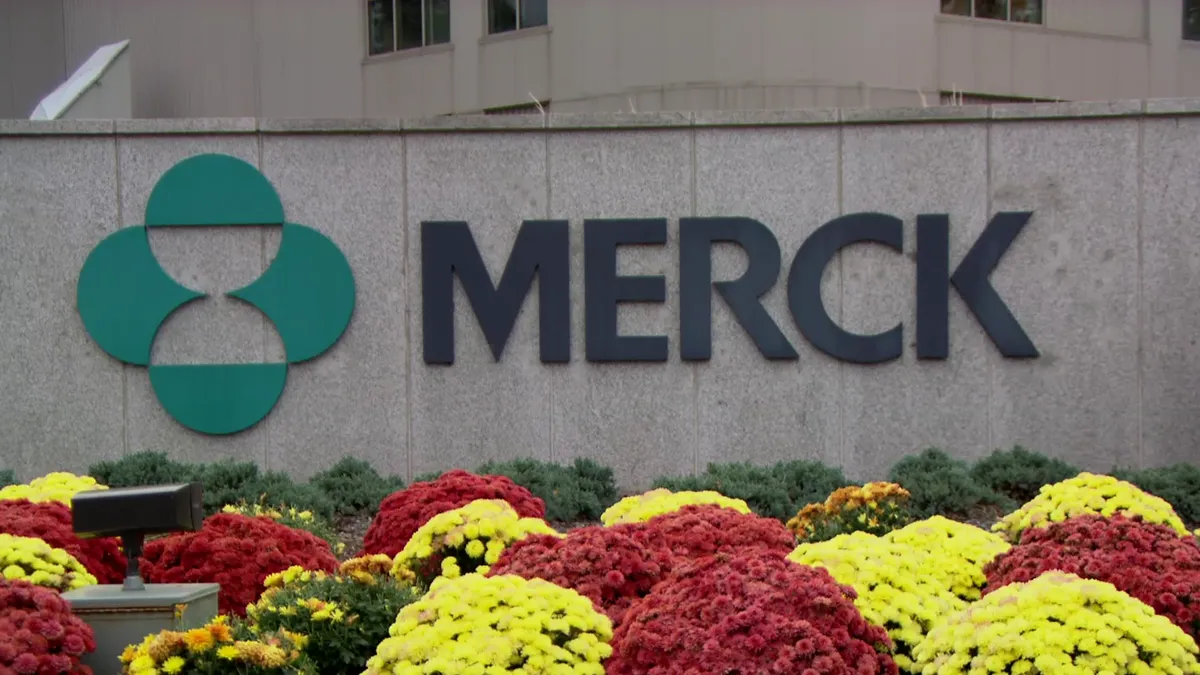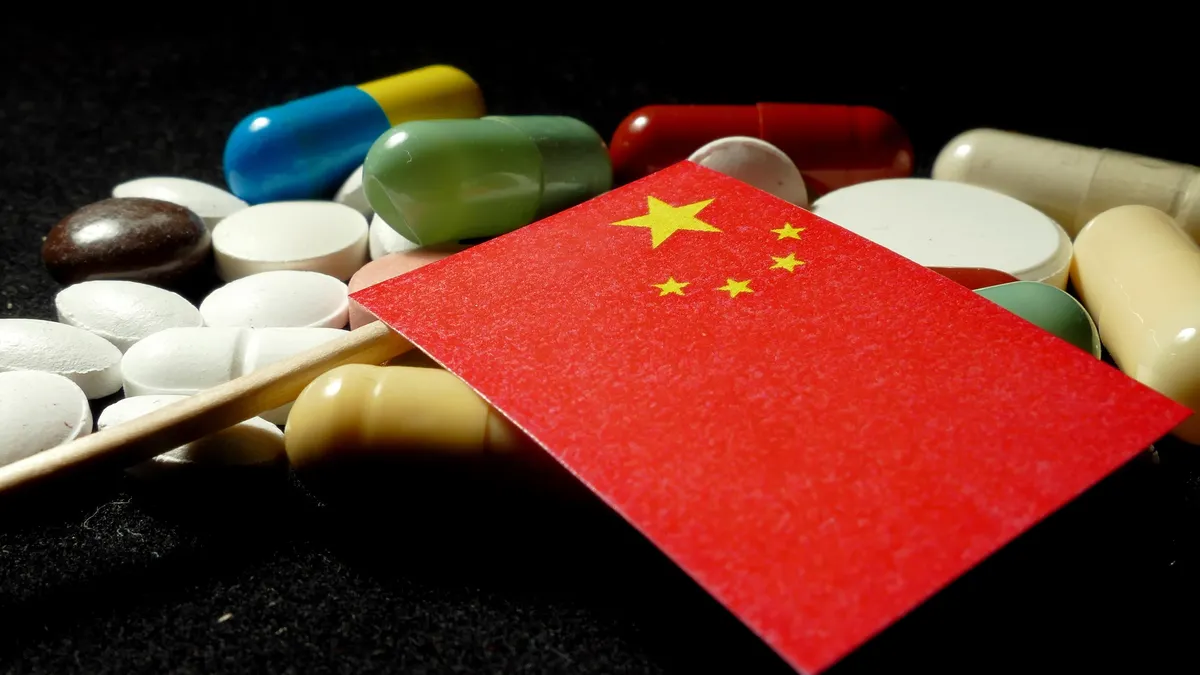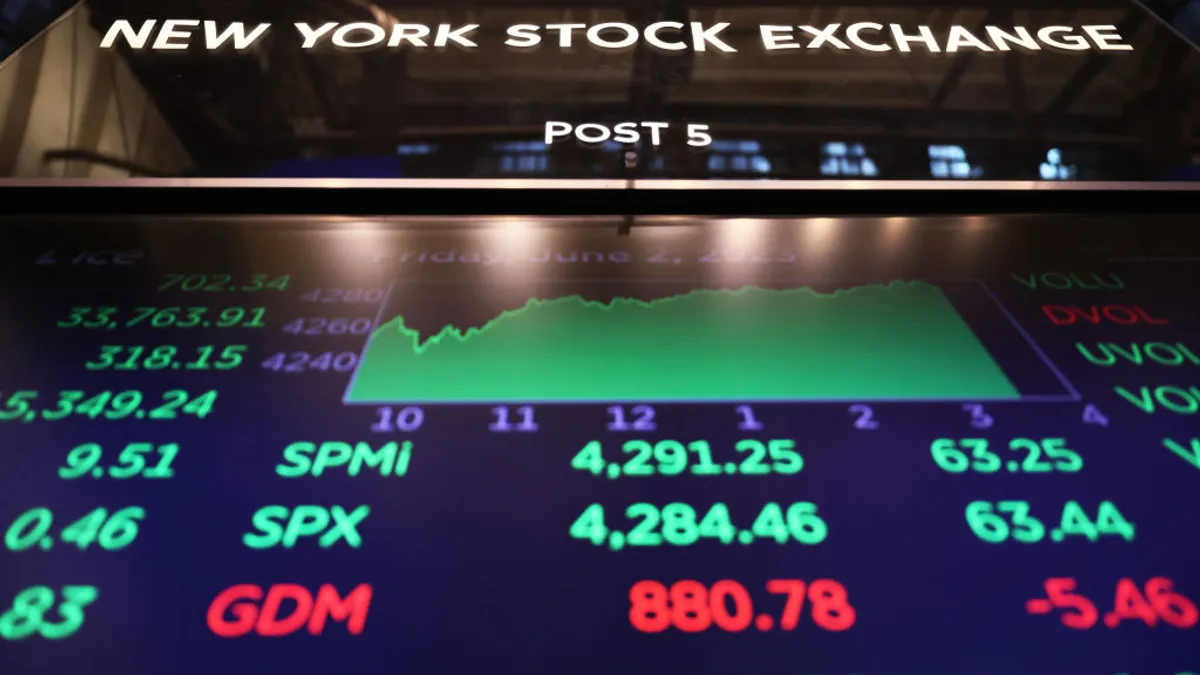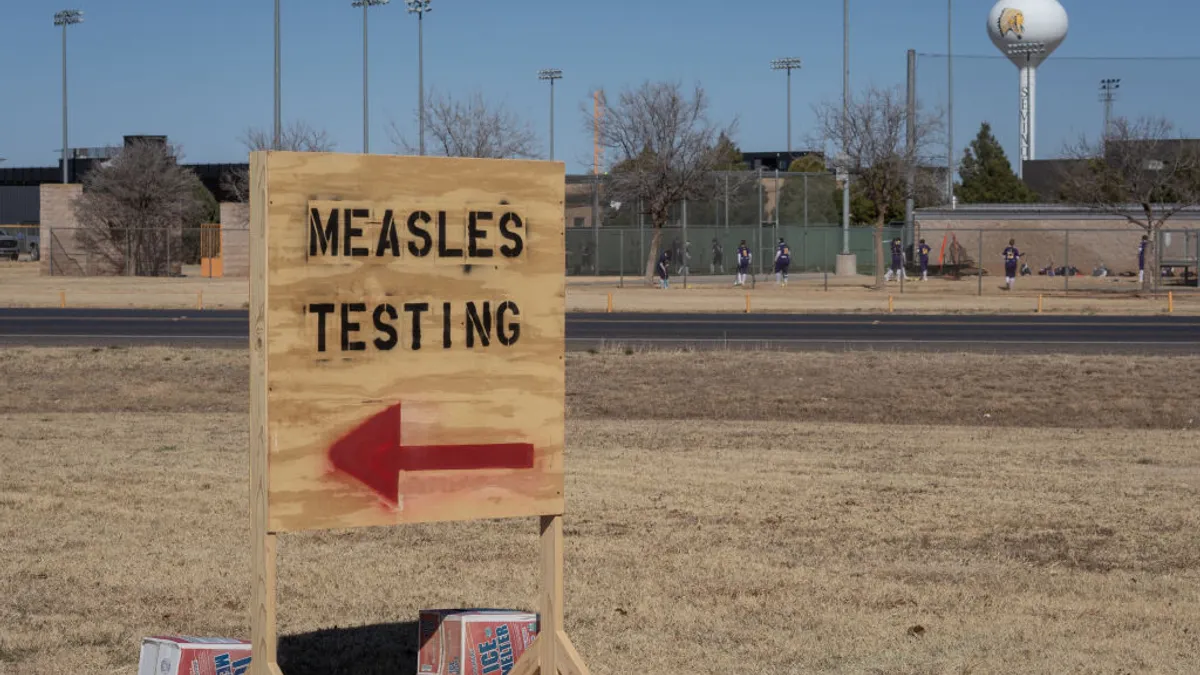Companies are looking at nontraditional ways of collaborating to access new insights that could lead to innovative therapies.
There is a growing movement within the industry toward open access and crowdsourcing scientific information to accelerate research and development. This open environment requires a new way of thinking about research and breaking down competitive barriers for the greater good.
Crowdsourcing is the process of getting work or funding, usually online, from a crowd of people. Wikipedia is an example of how a crowd can create information on its own. Crowdfunding involves asking people to donate money to a project. An example is Kickstarter. Since its launch in 2009, 7.2 million people have pledged $1 billion, funding 71,000 creative projects.
In pharmaceuticals, crowdsourcing has taken the form of “open innovation." Companies such as AstraZeneca, Lilly, GSK, Merck, Janssen, Daiichi-Sankyo, Pfizer, TransCelerate, and others have launched initiatives to enable scientific innovation to cross boundaries between companies, academia, government, and nonprofit organizations.
In fact, pre-competitive alliances have increased nine-fold during the last decade and will likely continue to increase, according to a recent survey by the Tufts Center for the Study of Drug Development.
The industry has made significant progress over the last 18 months in the clinical trial data sharing movement, making available detailed clinical study data for external researchers enabled by advanced technology platforms, says Patrick Homer, principal industry consultant, global practice, health and life sciences, at SAS.
“The movement to provide medical researchers with access to these data has the potential to be transformational," he says. “Data sharing can lead to discovery of new trends and associations that generate new insights or hypotheses for further research. Data sharing enables objective, third-party review, and validation of study results, thereby increasing public trust. Data sharing honors the valuable information provided by patients and researchers in clinical trials and extends the future value of their efforts."
M. Andrew Holtman, Ph.D., partner in the law firm of Finnegan, Henderson, Farabow, Garrett & Dunner, says in an industry defined by high cost of R&D and stiff regulatory constraints, crowdsourcing has its place for the foreseeable future.
“At least two important points suggest sustainability," he says. “First, mechanisms to offset existing pressures will be pursued. Second, industry support for crowdsourcing has existed for years. Not only have aspects of production been outsourced for years, the current big pharma model is a form of crowdsourcing facilitated by strategic acquisition."
He says new organizations born from industry support, such as InnoCentive Inc., are developing improved crowdsourcing mechanisms to bridge larger programs with numerous small entities or groups of individuals.
InnoCentive enables organizations to solve key problems by connecting them to diverse sources of innovation including employees, customers, and partners. It connects solution seekers — commercial enterprises, public sector agencies, and nonprofit organizations — to problem solvers.
In 2005, InnoCentive was spun out of Lilly with investments led by Spencer Trask of New York. In 2006, Prize4Life partnered with InnoCentive to launch the $1 million ALS Biomarker Prize, which was a Grand Challenge designed to find a biomarker to measure the progression of ALS in patients. In February 2011, the $1 million prize was awarded to Dr. Seward Rutkove. In early 2011, InnoCentive launched four more Grand Challenges on behalf of Life Technologies.
At the student level, the International Genetically Engineered Machine competition (iGEM) is a synthetic biology competition. iGEM began in January 2003 with a month-long course during MIT’s Independent Activities Period. The students designed biological systems to make cells blink. In 2012, iGEM spun out of MIT and became an independent nonprofit organization.
Impact on R&D
Crowdsourcing has the potential to turn R&D on its head, says Matthew Howes, senior VP, head of strategic services, at Palio+Ignite, an inVentiv Health company.
“First, by improving trial design, trial expenses can be reduced and time to market can be accelerated," he says. “Second, by expanding the public understanding and availability of clinical trials, trial participation can be increased."
Lindsay McNair, M.D., chief medical officer and president, consulting services at WIRB-Copernicus Group, says crowdsourcing is a potentially powerful tool with which to collect R&D data on complex diseases.
“But as with any other form of clinical study, it needs to have appropriate ethical, regulatory, and scientific oversight to ensure that any risks associated with the research are in proportion to the benefits and there are safeguards in place to protect participants’ well-being," she says. “That is the role fulfilled by an institutional review board or IRB. Almost all clinical research performed in the United States goes through an IRB. That review is required for all federally funded research, and for research that will be submitted to the FDA in support of an application to market a new drug. It is important to have an independent review of proposed research to ensure that the researchers’ perspective is not preventing them from seeing issues that are of concern to others, resulting in them doing harm in their attempts to do good."
Crowdsourcing can mean different things during different stages of the drug discovery and development process and its impact is not equal across them, says Lluis Ballell-Pages, director of external opportunities for the Tres Cantos Medicines Development Campus of GlaxoSmithKline.
“While increased patient involvement for clinical data collection and post-launch safety evaluation should be big, the effect of crowdsourcing in the early stages of the discovery process will require clear definition of the specific problems that need solving," he says. “If that is the case, crowdsourcing might be a great way of attracting wider scientific audiences to specific global health problems."
Dr. Holtman says to a certain extent, crowdsourcing has always held a place within the current R&D model.
“Its initial impact was most likely felt on the manufacturing side," he says. “Today, however, the distributed problem-solving approach that we’ve seen in other fields has been applied even to sophisticated areas such as early drug discovery and preclinical development. The crowd, comprising at least independent research scientists, biotech companies, and institutions, is well-suited to collaborative work, thereby streamlining innovation. And the corporate environment has changed to the point that outsourcing various aspects of product development is necessary."
An example of this development is Transparency Life Sciences, which calls itself the world’s first drug development company based on open innovation. The company is harnessing crowdsourcing and mobile health technology to develop drugs for unmet medical needs. It was founded in 2012 to introduce a new model of drug development.
TLS acquires promising new chemical entities and repurposed compounds and it uses crowdsourcing methods. The company has a survey tool on its website to help it crowdsource its clinical protocols. Each project has its own Protocol Builder that asks specific questions relating to each compound’s indication and trial design. There is also a crowdsourcing tool for researchers that invites participants to identify potential new applications for stalled compounds.
Mr. Ballell-Pages says crowdsourcing is sustainable if it is capable of directing attention to the right scientific problems.
“If not, crowdsourcing could run the risk of not impacting R&D significantly and, as a consequence, losing interest as a drug discovery model," he says.
He says coordination will be key and coordination of the coordinators even more so.
“The definition of the problems that need crowdsourcing will be essential. If the problem definition is too wide, the response will be unfocused and likely superficial," he says. “If the definition of the challenges is clear and narrow, the outcomes can be immediately applied to impact R&D."
Claire Sears, director, investigator engagement at DrugDev, says crowdsourcing a targeted network of investigators may be a more practical and effective way of gaining early input on drug development concepts than costly and time-consuming advisory boards.
“Care is needed, however, not to abuse the good will and intellect of doctors by using crowdsourcing as a one-way ‘take’ of ideas; an assessment plan to follow-up on responses is key," she says.
Mr. Howes points out that CROs spend 30% of their time dedicated to patient recruitment and enrollment activities, making it the most time-intensive activity.
“Some 48% of sites in a given trial under-enroll or fail to enroll a single patient, and many investigators blame this on poorly designed protocols with out-of-control exclusion criteria," he says.
“Data sharing can lead to the discovery of new trends and
associations that generate new insights or hypotheses for
further research."
Patrick Homer / SAS
“Crowdsourcing a targeted network of investigators may be a more practical and effective way of gaining early input on drug development concepts than costly and
time-consuming advisory boards. "
Claire Sears / DrugDev
“Crowdsourcing, comprising at least independent research scientists, biotech companies, and institutions, is well-suited to collaborative work, thereby streamlining innovation."
Dr. Andrew Holtman
Finnegan, Henderson, Farabow,
Garrett & Dunner
“Crowdsourcing is a potentially powerful tool with which to collect R&D data on complex diseases. "
Dr. Lindsay McNair
WIRB-Copernicus Group
















